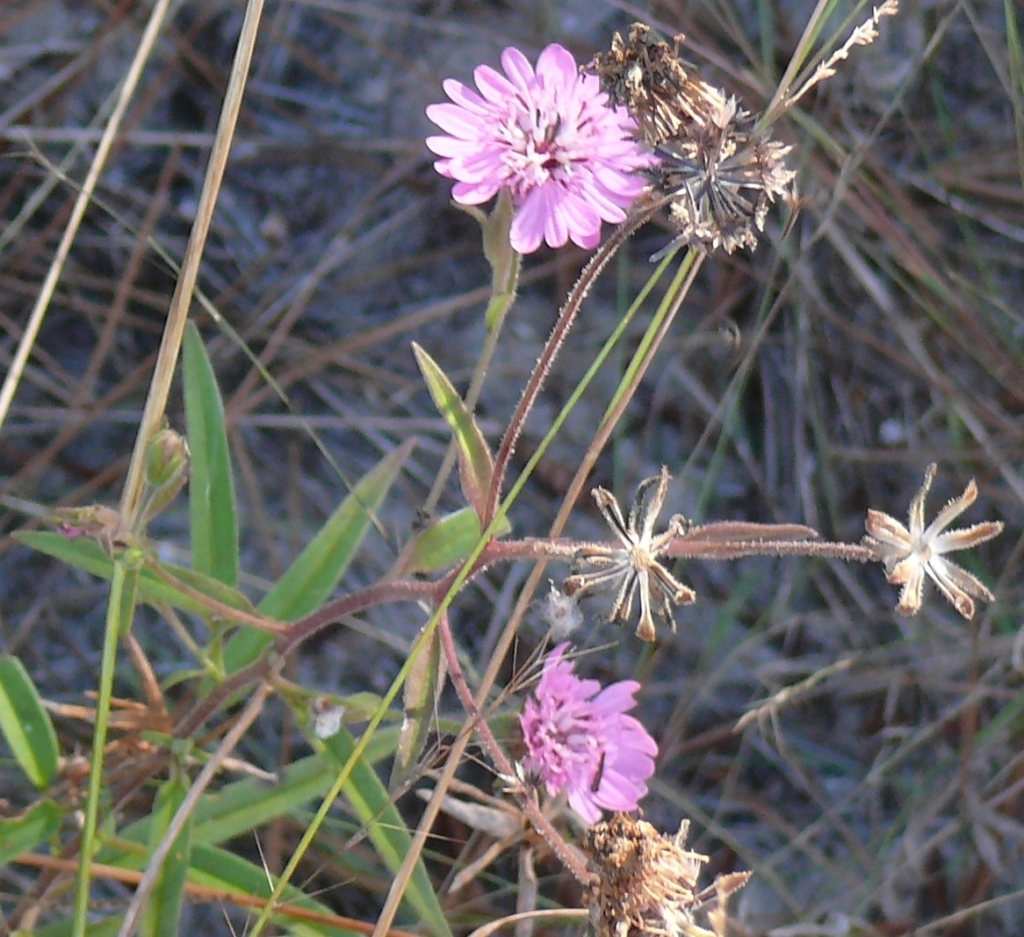Author: Bill Ward
A couple of years ago, Kathy and I were fortunate to be on a field trip that visited Burleson Prairie, a several-hundred-acre restoration project on the Blackland Prairie near Temple. Being fairly naïve about prairies, we were surprised by such a large variety of native plants, both grasses and forbs, on the Burleson Prairie.

On that particular visit, the proprietors of the prairie were as fascinating as the vegetation. Bob and Mickey Burleson told how they had resurrected this tall-grass prairie from old cotton fields. For many years they studied the small remnants of native prairies in surrounding counties, and they brought seeds from those prairies to plant on their own land. Little by little they created the now-famous Burleson Prairie, a living example of what must have covered much of the Blackland Prairie before most it was turned into the bread basket of Texas.
Bob Burleson died last April after a life of major contributions to conservation efforts in Texas. Among many, many other accomplishments, he was involved in the creation of Guadalupe Mountains National Park, helped found the Native Prairie Association of Texas, served as a member of the Texas Parks and Wildlife Commission, and was a leader in establishing TPWD’s Natural Resources Division. He and his wife coauthored a guide to tallgrass restoration, “The New Southern Reconstruction: Home Grown Prairies.”

We saw their prairie in the fall, at the height of the grass blooms, but also when many wildflowers were flowering. The Burlesons had not only restored the grasses, but also had planted seed from the forbs they found growing on the various prairie remnants. Among the flowering plants were sand palafoxia, a large white gaura, rosinweed, ruellia, purple horsemint, lanceleaf gaillardia, and many others. Burleson Prairie wildflowers must be even more spectacular during the spring.
Last June we got to visit a prairie at a time many forbs were in late-spring bloom. This was on a field trip to Attwater Prairie in Colorado County, led by Jason Singhurst of TPWD. That coastal-plain prairie also has an impressive diversity of grasses and forbs.

Just a few of the forbs blooming were phlox, pink gaura, blazing star, ruellia, Winkler’s gaillardia, black-eyed Susan, milkweed, coneflower, white horsemint, and purple pleat-leaf. Changes in wildflower color patterns across the prairie reflect subtle changes in soil and topography, both related to underlying geology.
Last month, during the Native Plant Society of Texas annual symposium, we saw that the shorter-grass prairies of the Rolling Plains south of Wichita Falls are just as diverse as the Blackland Prairie and Gulf coastal plain grasslands.
A good place to see a local remnant of a tallgrass prairie is at Cibolo Nature Center. All of the “big four” of tallgrass prairies, Switchgrass, little bluestem, yellow Indiangrass, and big bluestem grow at CNC.
My favorites in the CNC prairie are eastern gamagrass and the Central Texas endemic Lindheimer muhly. Another favorite of just about everyone is bushy bluestem, which grows on the damper margins of the prairie.
As in all healthy native prairies, the large species diversity on the CNC prairie includes many different forbs. This prairie has a variety of colorful wildflowers, both in the spring and the fall. No plants have been introduced into the prairie at CNC; all grow there naturally.
Of course, this wide diversity of native plants on prairies supports a big variety of insects, birds, mammals, reptiles, and other animals. Prairies are teeming with life!
